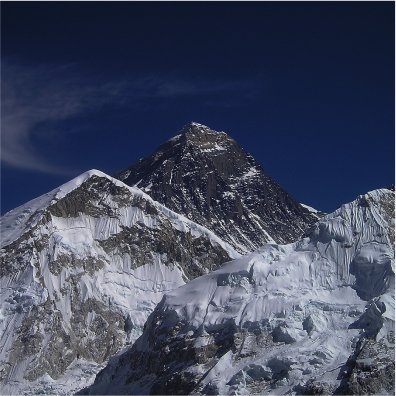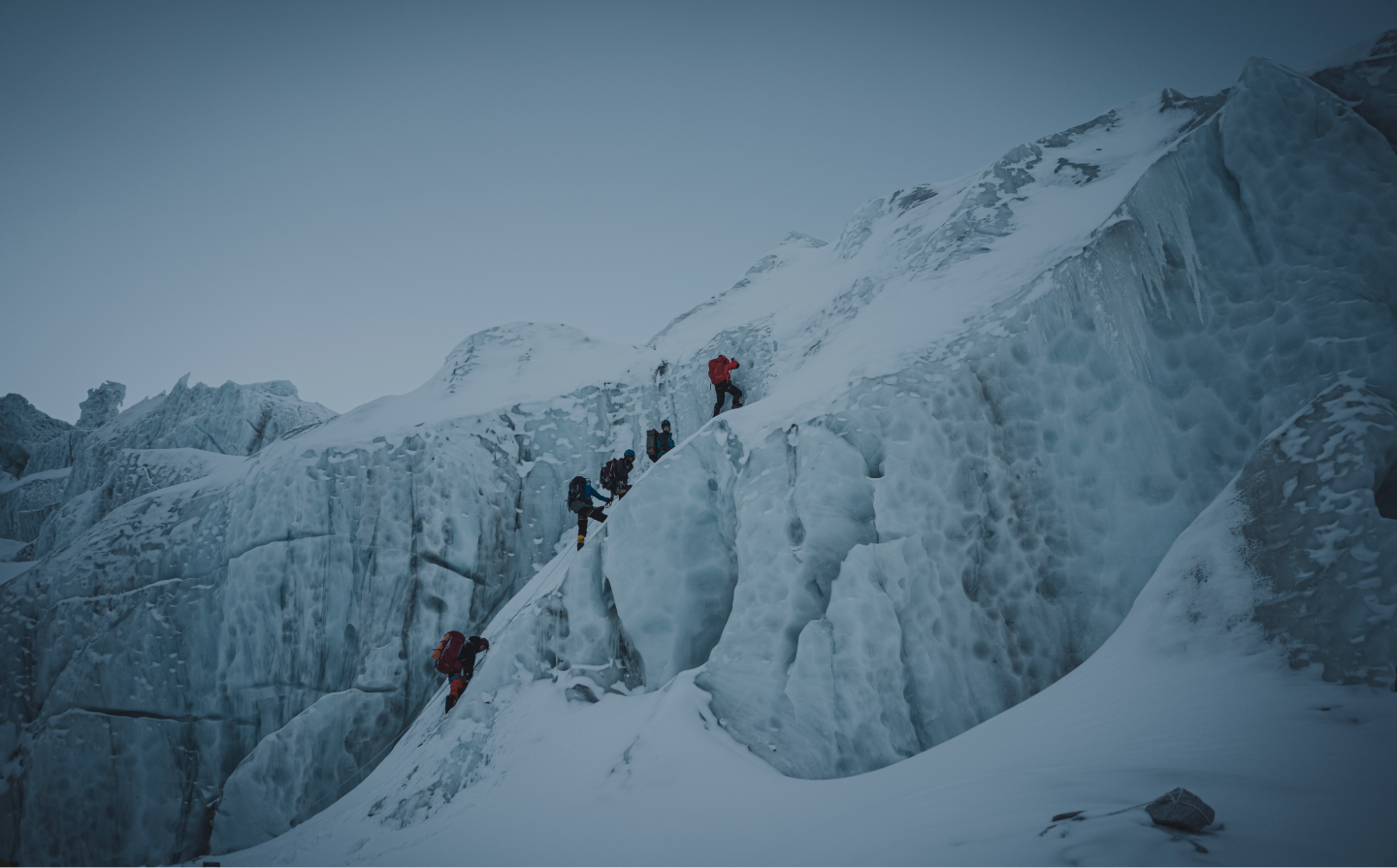
MARDI HIMAL TREK - ACAP


The Mardi Himal Trek is one of the lesser-explored and scenic trails in the Annapurna region of Nepal. It takes trekkers to the base of Mardi Himal, situated at an altitude of 4,500 meters, which is a stunning viewpoint that offers panoramic views of the Annapurna massif, Machapuchare (Fishtail), Hiunchuli, and Mardi Himal itself. This trek is ideal for those who want to experience the beauty of the Himalayas without the heavy crowds typically found on more popular routes like the Annapurna Circuit or ABC (Annapurna Base Camp).
The trek is relatively short, typically completed in 5 to 7 days, making it suitable for trekkers with moderate experience or those looking for a shorter, more relaxed trek. The trail begins in the town of Pokhara, which is a gateway to many treks in the region. From Pokhara, trekkers drive to the trailhead, either at Kande or Phedi, and start their journey through lush forests, charming villages, and terraced farmlands.
The route gradually ascends through a series of beautiful landscapes. The lower sections of the trek pass through dense rhododendron forests, which are particularly striking in the spring when the flowers bloom in vibrant reds and pinks. As you climb higher, the environment shifts to alpine meadows, with sparse vegetation and incredible mountain views becoming more apparent.
Along the way, trekkers pass through small traditional Gurung and Magar villages such as Landruk, Forest Camp, and Low Camp, where you can get a taste of the local culture and hospitality. The warm and welcoming villagers offer a glimpse into the lives of those living in the Himalayas. Accommodation along the route is generally in teahouses, simple lodges that provide food and a place to stay.
The highlight of the trek is reaching Mardi Himal Base Camp, where the views are nothing short of breathtaking. From here, trekkers can take in the spectacular sight of the towering snow-capped peaks and the surrounding valleys. The base camp offers a sense of serenity and is less crowded than other base camps in the region, making it an ideal spot for reflection and photography.
One of the standout features of the Mardi Himal Trek is its relative remoteness. It is a perfect option for those seeking a quieter trek away from the typical tourist crowds. The route is also considered moderately challenging, as the altitude gradually increases, and the trail involves some steep ascents. However, the trek is manageable for most trekkers in good physical condition.
The best time to do the Mardi Himal Trek is during the spring (March to May) and autumn (September to November) months when the weather is generally clear and stable, providing the best views. The trek can be done year-round, though the winter months may see snow at higher elevations, and the summer monsoon season may make trekking conditions muddy and slippery.
Overall, the Mardi Himal Trek offers a perfect blend of natural beauty, cultural immersion, and solitude. It’s a great option for trekkers looking to experience the majesty of the Annapurna region in a more intimate and peaceful way.
Airport transfers to and from the hotel are included by tourist vehicle. Members will be transported to Lukla by helicopter, and on the return, from Ama Dablam Base Camp to Kathmandu, shared flights will be arranged. Personal baggage of up to 20 kg will be transported by porters or mules.
The package includes 4 nights at a 4-star hotel in Kathmandu, on a bed-and-breakfast plan in single rooms, offering comfort and convenience before and after the trek.
Three meals a day (breakfast, lunch, dinner) will be provided during the trek and at Base Camp. Fresh and hygienic food, including vegetables, meats, fruits, and drinks, will be regularly served. Individual tents at Base Camp ensure personal space and comfort.
Backup oxygen, masks, and regulators are available at Base Camp in case of emergency.Heaters will be provided in the dining and other essential tents. Solar panels and a generator will ensure power for lights and electronics.
One porter per two members will carry their personal luggage. The expedition includes cooks and kitchen helpers at Base Camp. Staff wages, food, and clothing are covered in the package.
International flight airfare (from and to Kathmandu).
The Nepalese visa fee is USD $125 for 90 days.
Lunch and dinner during the stay in Kathmandu from trekking/expedition). (including any additional meals in case of early return
Accommodation costs for extra nights in Kathmandu or Pokhara due to early arrival, late departure, early return from trekking/expedition, or changes in the domestic flight schedule.
Insurance covering medical and high-altitude evacuation costs (for trip cancellation, interruption, high-altitude rescue & air evacuation, medical treatment, repatriation, etc.). Mandatory: Send us a copy of your insurance policy before your arrival.
Costs for personal items such as telephone calls, internet, toiletries, battery recharge, hot showers,laundry, soft drinks, beers, and any alcoholic beverages (both during the trek and in Kathmandu). Soft drinks will be provided at base camp.
Clothing, packing items, bags, personal medical kit, and any trekking/climbing gear required.
Items such as soaps, shampoos, toilet papers, toothpaste, and any personal hygiene products.
Special filming, camera, and drone permit fees.
Internet services are not included during the trek and expedition.
Gratuities for Basecamp and High Camp staff (minimum USD 350).
Any services or activities not mentioned in the itinerary or not listed in the “Cost Includes” section.






